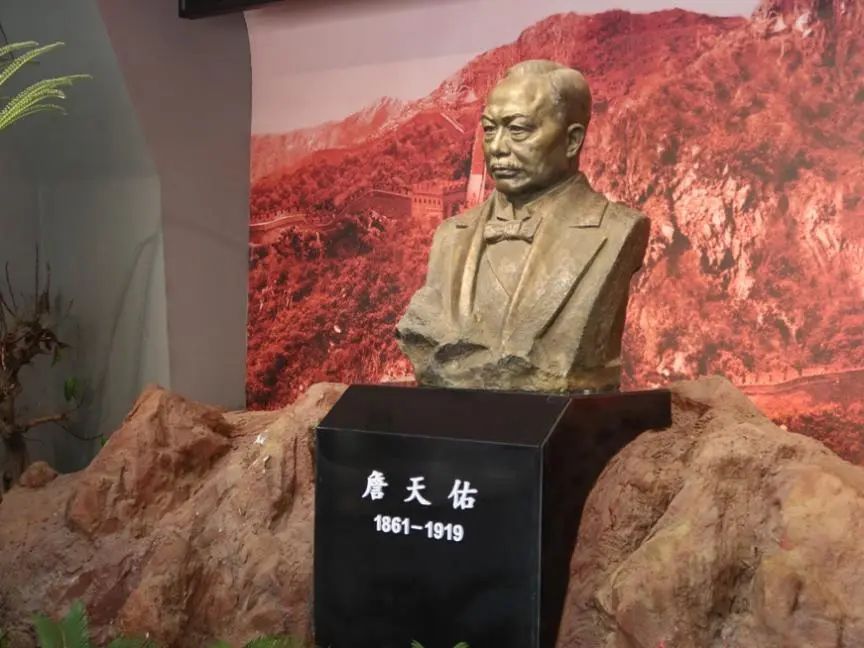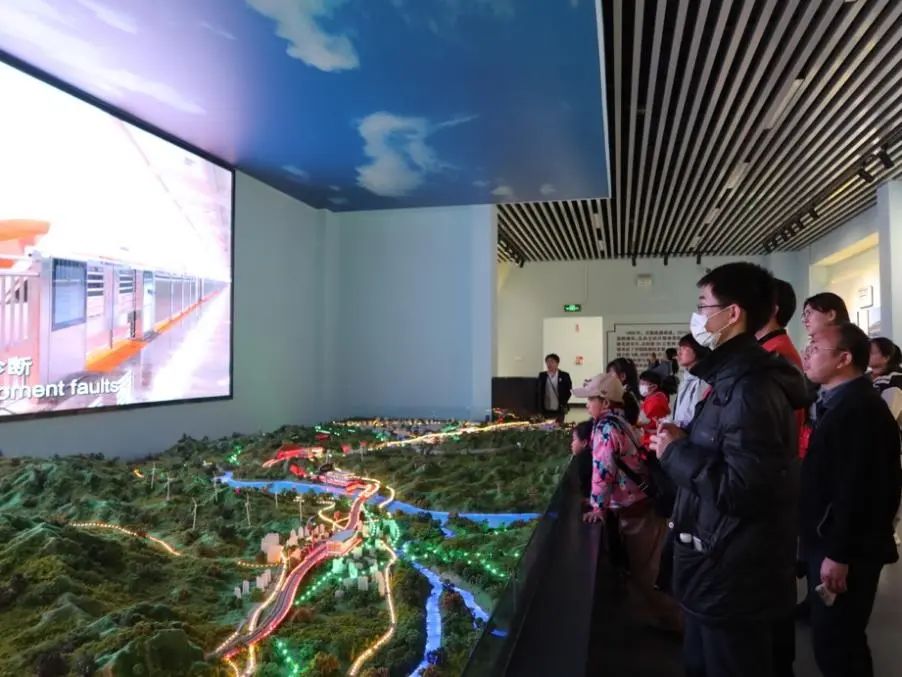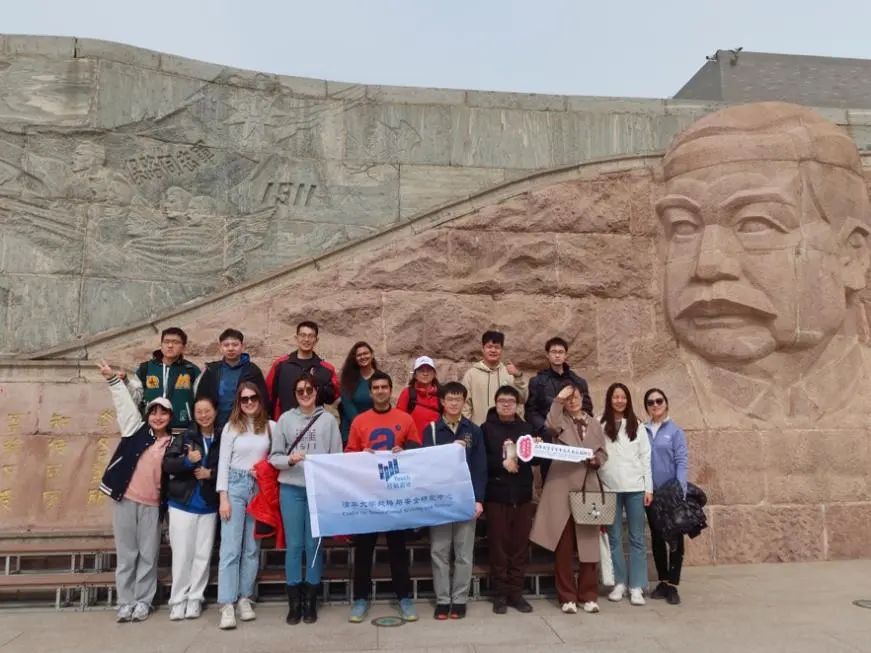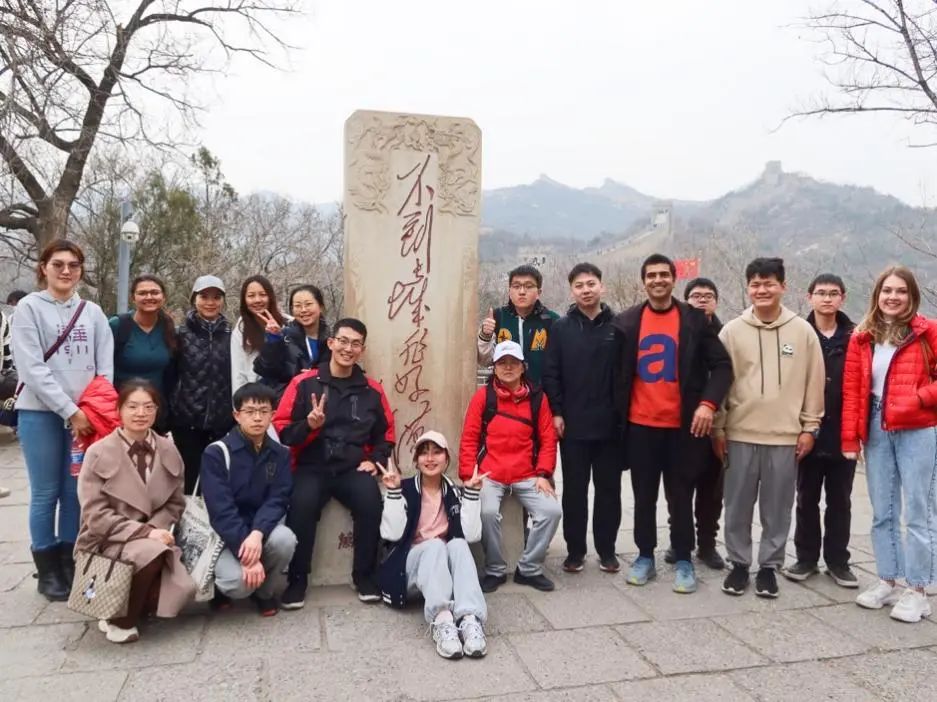On March 23, the Tsinghua University Center for International Security and CISS Youth and the Tsinghua University China-US People-to-People Exchange Association jointly organized an event titled “Sino-US Exchange and Mutual Learning Behind the Railways.”
The history of railway construction in China and the United States is also a history of cross-cultural exchange and mutual inspiration. In the 1860s, tens of thousands of Chinese laborers participated in building the world’s first transcontinental railroad in the United States—the Pacific Railroad—laying the foundation for America’s rise in the 20th century. In the 1980s, China imported 422 diesel locomotives from General Electric (GE) of the United States, significantly alleviating domestic railway transportation challenges. Entering the 21st century, Chinese companies represented by China Railway Construction Corporation (CRCC) have actively engaged in international development, with Chinese rail projects now visible in U.S. cities such as Boston, Chicago, Los Angeles, and Philadelphia. The event provided participants with an in-depth understanding of the history of Sino-foreign exchanges behind railways and the evolution of China’s railway industry through on-site visits to historic railway sites.
On the day of the event, participants first visited the Old Tsinghua Yuan Station site near Wudaokou, then traveled by bus to the Zhan Tianyou Memorial Hall in Yanqing District, and concluded with a hike on the Badaling Great Wall.
Memories of Tsinghua at the Old Station
At 11 a.m., the group departed from Tsinghua University’s Southeast Gate to the Old Tsinghua Yuan Station. Built in the winter of 1910, the station was the first stop on the Jing-Zhang Railway departing Beijing. Over the decades, countless faculty and students from Tsinghua Academy (later Tsinghua University) boarded trains here to travel into the city. On the night of March 25, 1949, leaders including Mao Zedong, Liu Shaoqi, Zhou Enlai and other leaders of the Communist Party of China arrived in Beiping (now Beijing) from Xibaipo, a historic village in China, known for being the headquarters of the Chinese Communist Party during the Chinese Civil War from 1947 to 1949, alighting at Tsinghua Yuan Station to take their first steps in the capital, marking the beginning of their “journey to Beijing for the historic transition.”

The station’s plaque, inscribed by Zhan Tianyou, the “Father of Chinese Railways,” made it a symbolic starting point for retracing the “shared history” between China and the United States on the 45th anniversary of diplomatic relations.

Through exhibitions at the site, participants learned that Tsinghua Yuan Station not only witnessed China’s railway development but also facilitated regional cultural exchange and embodied the nation’s spirit of relentless self-improvement.

Visit to the Zhan Tianyou Memorial Hall
The group then traveled to the Zhan Tianyou Memorial Hall, part of the China Railway Museum, located north of the Badaling Great Wall. The hall commemorates Zhan Tianyou, a patriotic pioneer who made extraordinary contributions to China’s early railway construction.

Built above the Badaling Tunnel of the Jing-Zhang Railway—a line designed and overseen by Zhan himself—the memorial showcases his journey from studying in the United States to dedicating himself to railway engineering, his resistance against the Qing dynasty’s concessions to foreign powers, and his support for the 1911 Revolution.

As a hallmark of industrial civilization, railways profoundly shaped the historical development of regions along their routes. While foreign engineers left their marks on China’s railway history, patriots like Zhan Tianyou crossed oceans to learn advanced technologies, constructing vital transportation networks and fostering bridges of communication between China and the world.

Hiking the Badaling Great Wall
Finally, students walked to the Badaling Pass and ascended the Badaling Great Wall. Renowned as one of the “Nine Fortresses Under Heaven,” Badaling combines majestic grandeur with breathtaking natural beauty, representing the pinnacle of Ming Dynasty wall architecture.

As the saying goes, he who has never been to the Great Wall is not a true man. The ancient bricks embody the wall’s magnificence, while the site itself holds diplomatic significance in New China’s history. Numerous foreign leaders, including U.S. President Nixon in February 1972—the first American president to visit post-1949 China—have included a Badaling hike as an essential part of their itineraries.

Reflections from Students
“The three sites we visited today are interconnected, deepening my appreciation for the patriotic dedication of earlier generations of Chinese scholars. Sino-US exchanges benefit peace and development for both nations—this is profoundly meaningful.”
“From Tsinghua Yuan Station to Zhan Tianyou Memorial Hall and the Badaling Great Wall, we witnessed both the modernization of Chinese engineering and China’s strategic emphasis on security, development, and culture. Combining study with exploration, grounding theory in practice—this is how we gain true insight. It was a joy to embark on such a meaningful spring outing with everyone. I look forward to more opportunities to learn and grow alongside this outstanding group.”
